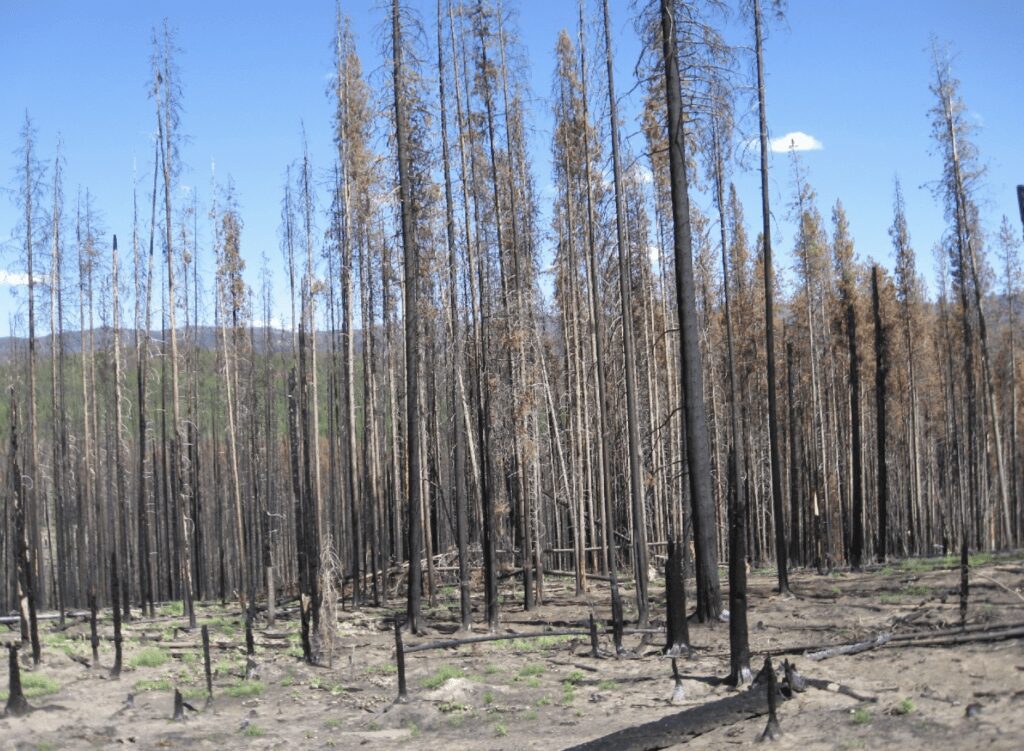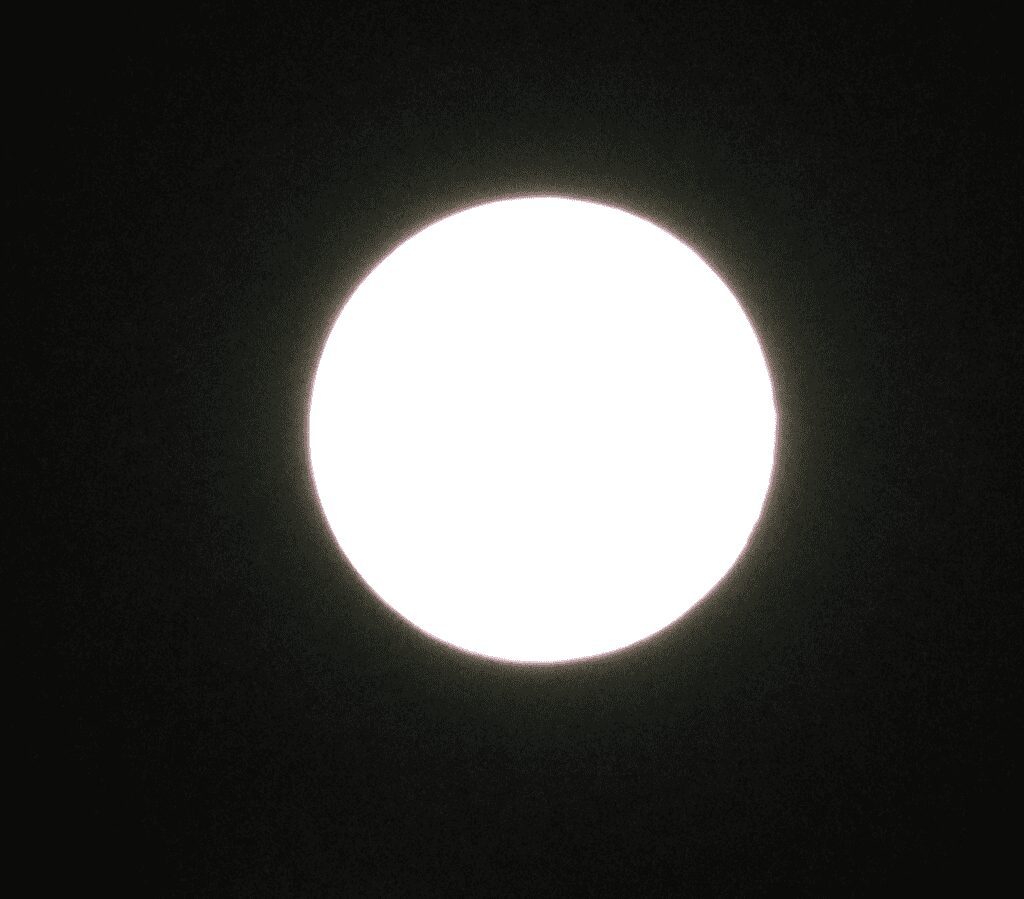Daniel Salzler No. 1142
EnviroInsight.org Seven Items March 18, 2022
—————Feel Free To Pass This Along To Others——————
If your watershed is doing something you would like others to know about, or you know of something others can benefit from, let me know and I will place it in this Information newsletter.
If you want to be removed from the distribution list, please let me know.
Enhance your viewing by downloading the pdf file to view photos, etc. The
Please note that all meetings listed are open.
attached is all about improving life in the watershed. If you want to be removed from
the distribution list, please let me know. Please note that all meetings listed are open.
Check our website at EnviroInsight.org
- Astroshed: What Is That Up There? On March 24 and 25, Venus is roughly equidistant (4° to 5°) from Mars and Saturn. The elegant triangle of planets stands 8.5° high an hour before sunrise. A waning crescent Moon lies in Sagittarius on the 25th.

Twilight portrait
The Moon and planets are out to play by March 28 — including Jupiter, which sits low in the sky.
2. Tree Mortality Devestation. Researchers predict that the impact of invasive insects will not be evenly spread across the country, with less than a quarter of US communities set to experience 95% of all street tree mortality resulting from invasive insects. 90% of the 1.4 million trees deaths forecasted in the study are predicted to be caused by the emerald ash borer (Agrilus planipennis), which is expected to kill virtually all ash trees in more than 6000 urban areas.

Hotspots identified in the study include New York, Chicago and Milwaukee. These are areas with very high numbers of ash trees and are in the recent or near-future path of the emerald ash borer. Large human populations are also predicted to increase the influx of invasive insects to an area.
The researchers also forecasted the risks of insect species that have not yet arrived in the US. Asian wood boring insects, like the citrus longhorned beetle (Anoplophora chinensis), were seen to pose the highest threat, with new establishments of these species potentially costing 4.9 billion dollars over the next 30 years.
The researchers say that their findings can also help urban tree managers to know which tree species, in which areas, will be at the greatest risk from invasive insects. This information can be used to prioritise management efforts such as quarantining wood products.
“This paper shows that unless we plant a variety of tree species in our cities, urban trees are seriously at risk from invasive pests. The take home message to urban planners, is to plant multiple species in cities rather than focus on just a few familiar species; It’ll keep trees wonderful, and it will keep them in our cities.” Read more at Forest policypub.com
[With this level of tree death, the production of water and the time period in which it is produced will be greatly influenced. Editor]
3. Smoke From Wildfires Destroys Ozone Layer, Reveals New Study. Researchers cautioned that if major fires became more frequent with a changing climate, more damaging ultraviolet radiation from the sun will reach the ground.
A new study led by the University of Waterloo found that smoke from wildfires can destroy the ozone layer. Researchers cautioned that if major fires became more frequent with a changing climate, more damaging ultraviolet radiation from the sun will reach the ground.

The study was published in the journal, ‘Science’.
The ozone shield is a part of the stratosphere layer of the Earth’s atmosphere that absorbs UV rays from the sun.
The researchers used data from the Canadian Space Agency’s Atmospheric Chemistry Experiment (ACE) satellite to measure the effects of smoke particles in the stratosphere.
“The Australian fires injected acidic smoke particles into the stratosphere, disrupting the chlorine, hydrogen and nitrogen chemistry that regulate ozone,” said Peter Bernath, research professor in Waterloo’s Department of Chemistry and lead author of this study.
“This is the first large measurement of the smoke, which shows it converting these ozone-regulating compounds into more reactive compounds that destroy ozone,” he added.
Similar to the holes over Polar Regions, this damage is a temporary effect, and the ozone levels returned to pre-wildfire levels once the smoke disappeared from the stratosphere. But an increase in the prevalence of wildfires would mean the destruction happens more often.
“The ACE satellite is a unique mission with over 18 continuous years of data on atmospheric composition. ACE measures a large collection of molecules to give a better, more complete picture of what is happening in our atmosphere,” Bernath said.
“Models can’t reproduce atmospheric smoke chemistry yet, so our measurements provide a unique look at chemistry not seen before,’ he concluded. Source: Wall Street Journal.
4. EPA Tells States To Prioritize Disadvantaged Communities For Water Infrastructure Funds And More. Most of the $50 billion in EPA water funding from the bill is being distributed through the state revolving funds. States, which play a key role in administering the revolving funds, had been waiting for the guidance before selecting projects that will receive grants and loans.

A key principle in administering the funds, the EPA says, is flexibility. States will be responsible for defining disadvantaged communities.
The law requires that 49 percent of drinking water and lead pipe removal funds must be delivered to disadvantaged communities in the form of grants or forgivable loans.
$166.5 Million: Funding announced by the Natural Resources Conservation Service to address flooding, water pollution, dam safety, irrigation, and erosion. It is the first round of funding from the federal infrastructure bill, which provided NRCS with $918 million for watershed investments.
$322 Million: Increase in the U.S. Environmental Protection Agency budget in fiscal year 2022, part of the $1.5 trillion annual budget that was adopted last week. The Army Corps of Engineers ($548 million) and Bureau of Reclamation ($233 million) also saw their budgets increase. Source: Circle of Blue
5. Spring (Vernal) Equinox Happened On March 20th. On Sunday, March 20, 2022 at 8:32 a.m., Spring Equinox happened in Arizona.
Spring Equinox represents one day of two days each year that have nearly equal amounts of day and night. The solstices are the two days when the sun’s path is farthest from the equator, causing the greatest difference in the amount of sunlight. During Equinoxes, the tilt of the Earth (with respect to the un) is 0˚ and because of its duration of the day and night are almost equal on Equinox day. ie. 12 hours.

Vernal Equinox Sunrise – 6:32 a.m.
Vernal Equinox Sunset – 6:40 p.m.
Vernal Equinox Day Duration – 12 hours, 08 minutes, 11 seconds
Vernal Equinox Previous Day Duration – 12 hours, 06 minutes, 06 seconds
Source: https://www.drikpanchang.com/seasons/season-vernal-equinox-timings.html?geoname-id=5308655
6. March’s Full Moon, called the Worm Moon. For many years, we thought this name referred to the earthworms that appear as the soil warms in spring. This invites robins and other birds to feed – a true sign of spring.

However, more research revealed another explanation. In the 1760s, Captain Jonathan Carver visited the Naudowessie (Dakota) and other Native American tribes and wrote that the name Worm Moon refers to a different sort of “worm”—beetle larvae—which begin to emerge from the thawing bark of trees and other winter hideouts at this time.
However, more research revealed another explanation. In the 1760s, Captain Jonathan Carver visited the Naudowessie (Dakota) and other Native American tribes and wrote that the name Worm Moon refers to a different sort of “worm”—beetle larvae—which begin to emerge from the thawing bark of trees and other winter hideouts.
There are quite a few names for the March Moon that speak to the transition from winter to spring. Some refer to the appearance (or reappearance) of certain animals, such as the Eagle Moon, Goose Moon (Algonquin, Cree), or Crow Comes Back Moon(Northern Ojibwe), while others refer to signs of the season:
- The Sugar Moon (Ojibwe) marks the time of year when the sap of sugar maples starts to flow.
- The Wind Strong Moon (Pueblo) refers to the strong windy days that come at this time of year.
- The Sore Eyes Moon (Dakota, Lakota, Assiniboine) highlights the blinding rays of sunlight that reflect off the melting snow of late winter.
- The Lenten Moon. The arch’s full Moon often plays a role in religion, too. Specifically, in Christianity, this Moon is known as the Lenten Moon if it is the last full Moon of the winter season (i.e., if it occurs before the spring equinox) or as the Paschal Full Moon if it is the first full Moon of spring (i.e., if it occurs after the spring equinox). Source: Farmers Almanac
7. OHA Refresher Class. Sign on to attend an OSHA 8 hour refresher class to be offered in May 2022. Continental breakfast and lunch offered plus class for $80.00.
To register, e-mail sconflict@aol.com and provide your full name and e-mail address. Payment is due at the beginning of the class.
